RAISING COTURNIX QUAIL FOR MEAT
Raising Coturnix quail is growing in popularity, and for good reason. They are small, easy-to-care-for birds that provide a source of delicious eggs and meat.
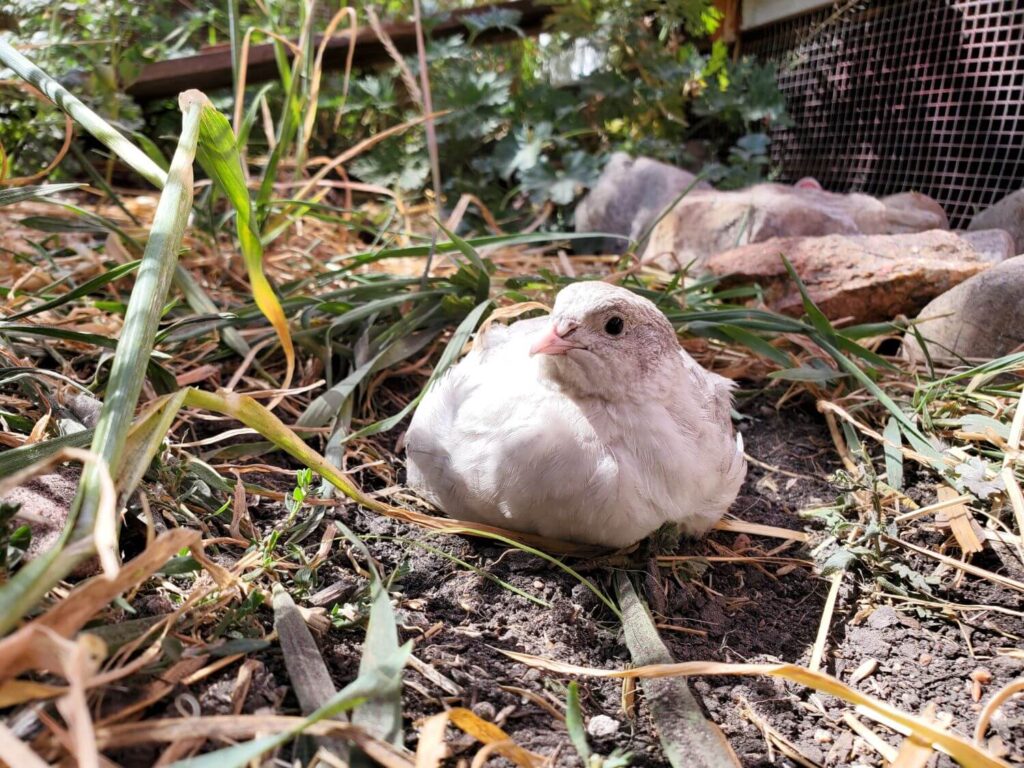
One of the reasons we started to raise quail was to have a supply of homegrown meat that was not quite as demanding and time-intensive as some other livestock. After going through the process of raising, butchering, processing, and cooking quail, I thought I’d share my thoughts and tips for raising coturnix quail for meat.
This post may include affiliate links. As an Amazon Associate I earn from qualifying purchases. Find more info in my privacy policy.
THE BENEFITS OF RAISING QUAIL FOR MEAT
- The meat is healthy and delicious.
- They reach butchering age in as little as two months.
- They are incredibly easy to butcher and process.
- Quail are small, quiet, and easy to raise.
- Quail may be an option in places where other livestock is prohibited (be sure to check your local rules and regulations).
WHAT DOES QUAIL MEAT TASTE LIKE?
Quail produce a darker meat and remind me more of turkey than chicken. They are flavourful and rich tasting, without being gamey.
IS QUAIL MEAT HEALTHY?
Quail meat is a healthy option that is high in protein, vitamins, and minerals. You can find the full nutritional information for quail meat on the USDA website.
| Calories | 227 |
| Protein | 25g |
| Fat | 15g |
| Calcium | 15g |
| Iron | 4.43mg |
| Phosphorus | 279mg |
| Magnesium | 22mg |
| Sodium | 52mg |
| Selenium | 21.8ug |
| Vitamin A | 234IU |
| Vitamin D | 8IU |
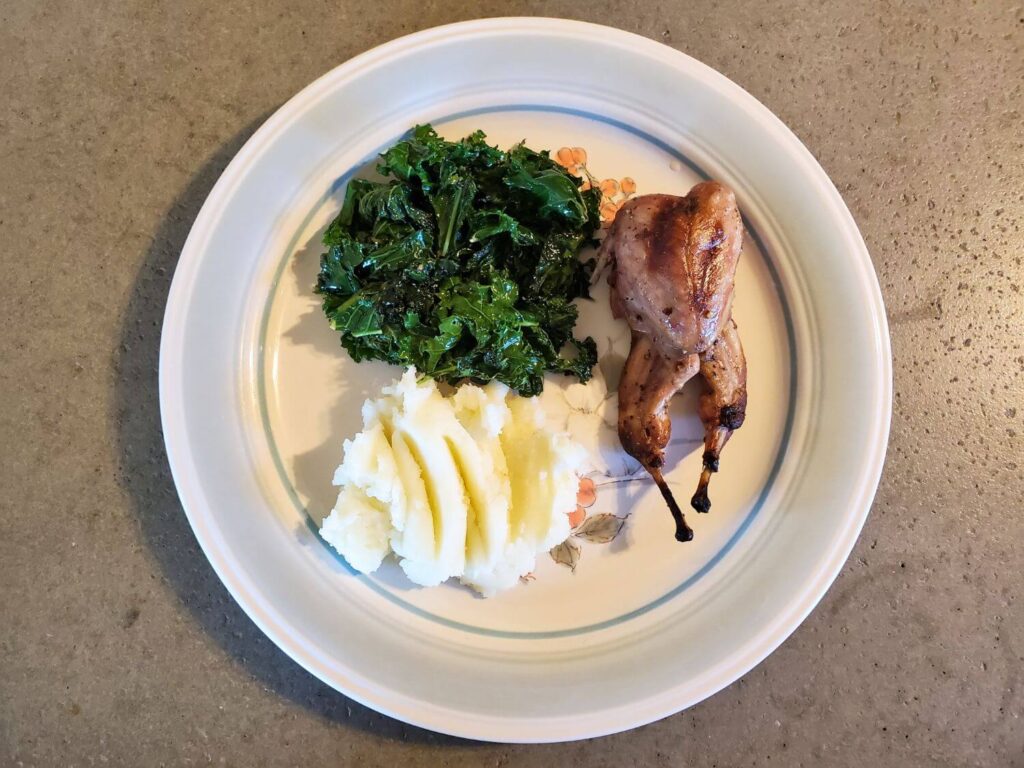
THE CONS OF RAISING QUAIL FOR MEAT
Quail are small birds and do not provide a large amount of meat per bird. A typical serving size is 1-2 quail per person. For this reason, I wouldn’t necessarily recommend raising quail as your primary source of meat. They are great as a supplemental protein source, but you would have to raise them in very large numbers to provide the majority of your protein intake.
In terms of livestock raised for meat, quail are one of the easier to manage animals. But they do still require housing, care, and management. Coturnix quail also do not often go broody, so you’ll have to be prepared to incubate, hatch, and brood your own chicks if you want a steady supply of fresh meat.
To learn more about the basics of raising quail, check out my article: Everything You Need to Know About Raising Quail.
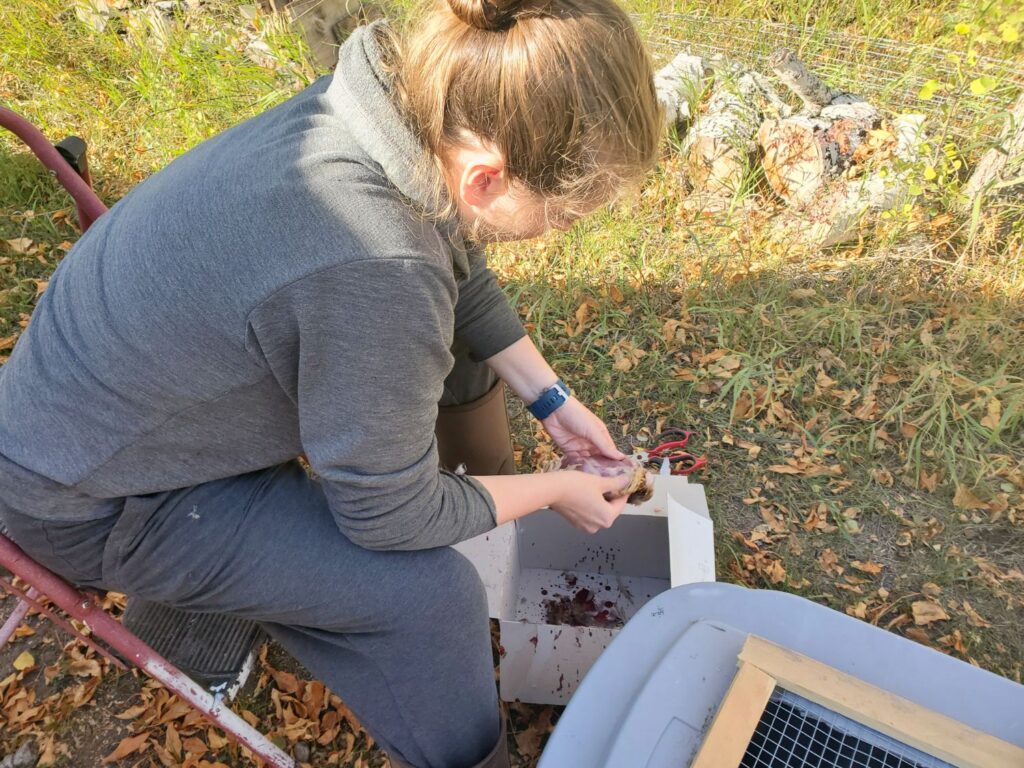
HOW TO BUTCHER AND PROCESS QUAIL FOR MEAT
Coturnix quail are typically ready to butcher between 6-12 weeks of age. At six weeks, they will be more tender but have less meat on them, weighing in at an average of 150g/5oz. At 12 weeks, they will weigh more (approx. 170g/6oz) but the meat tends to become tougher as they get older. Most aim to butcher around 7-8 weeks of age, but this is really just personal preference.
Note that Jumbo Coturnix quail are also available and can reach more than double the weight (around 400g/14oz). This may be an option to consider if you’re looking to raise them for meat and would like a heavier bird.
Dispatching, butchering, and processing quail is incredibly easy. The only things needed are a pair of sturdy sharp scissors, a bucket, and a source of water to rinse the birds.
Here is the process we use:
- Hold the bird over the bucket and use the scissors to snip off the head. Allow them to bleed out into the bucket for a minute or two.
- Snip off the feet and wings.
- Starting at the breast, pull the skin off the carcass. Alternatively, you can pluck the feathers and retain the skin, but this will take a lot longer.
- Using the scissors, cut out the backbone.
- Pull out the organs and innards.
- Apply pressure and break the breastbone to spatchcock or “butterfly”. This results in a more even cook on the bird.
- Rinse and dry the carcass.
The entire process takes only minutes per bird. Clean up is just as fast. Once butchered and processed, the birds can be refrigerated and cooked or frozen for later use. We like to vacuum seal before freezing to retain freshness and prevent freezer burn.
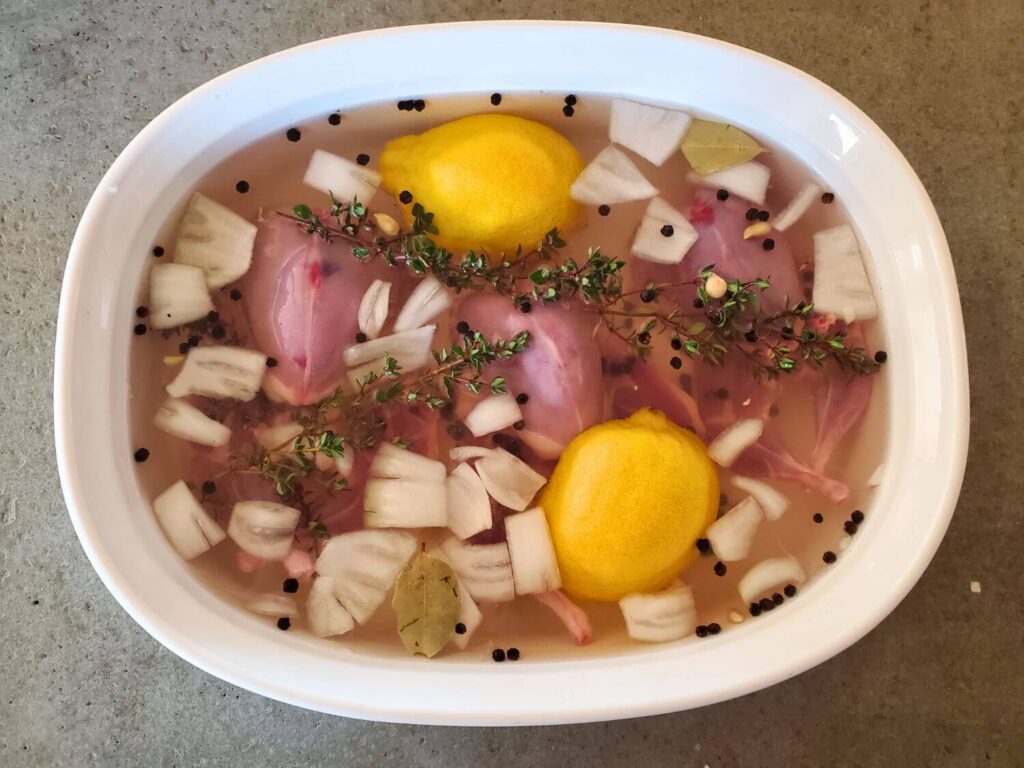
HOW TO COOK QUAIL
Each coturnix quail will yield approximately 60-85g (2-3oz) of meat. If aiming for a serving size of 3-4oz of meat per person, plan to cook 1-2 birds per person.
Quail can be roasted, broiled, pan-fried, braised, or grilled. Various sauces, seasonings, and flavours can be used to create a wide variety of dishes.
Brining the meat prior to cooking can help add flavour, moisture, and tenderness. This is especially helpful if you are processing older birds with tougher meat.
Because of their small size, quail cook quickly. Keep an eye on them and use a thermometer to avoid overcooking. They should reach an internal temp of 74C (165F).
If you’re looking for a supplemental protein source that is quick and easy to raise on your own, quail may be the perfect fit for you.
For more on raising quail, check out my other posts here:
EVERYTHING YOU NEED TO KNOW ABOUT RAISING QUAIL
A COMPLETE GUIDE TO INCUBATING AND HATCHING QUAIL EGGS



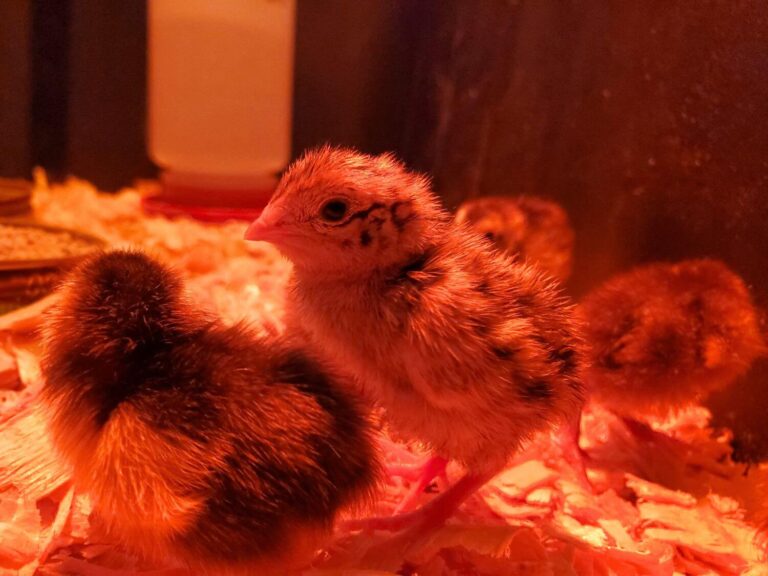
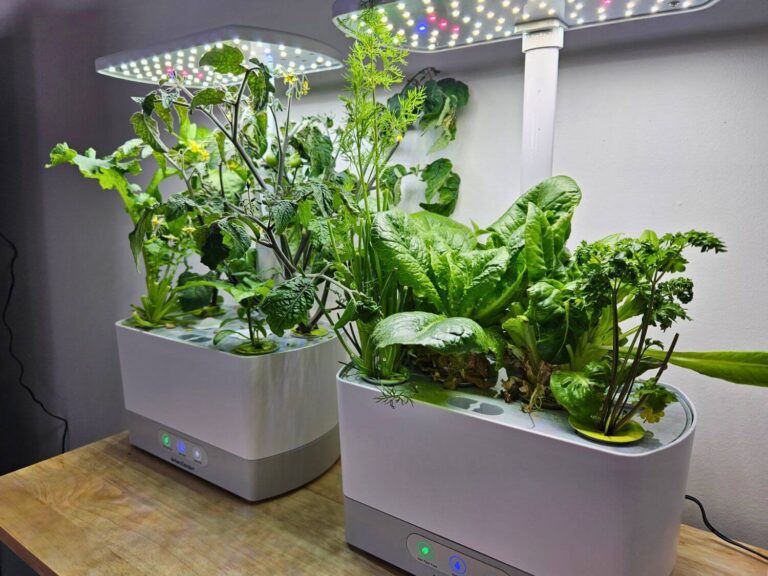
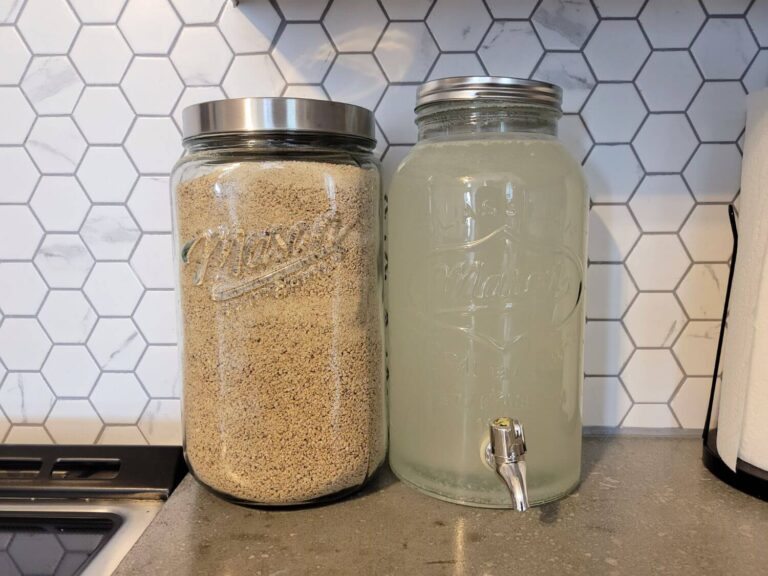

Can they grow out in an aviary with breeding quail? Or can I grow out multiple ages together in a separate pen? Would bullying (or worse) be a problem with either idea?
Hi Peggy, apologies for my slow reply! Your comment somehow ended up in the spam folder… While I have mixed juvenile and adult quail without issue, bullying can sometimes be a problem when combining age groups together. If you are wanting to mix them, you’ll want to have the juvenile quail and the adults separated, but able to see each other for about 2-4 weeks before integrating them. Some options for this would be to have the aviary/coop separated into sections with mesh netting, or using smaller/portable cages (think dog kennels or quail tractors) placed in the aviary. However, if you are only raising for meat and butchering between 6-12 weeks, it may not be worth the effort to integrate the age groups and would likely be better to have a separate space for them to grow out in.